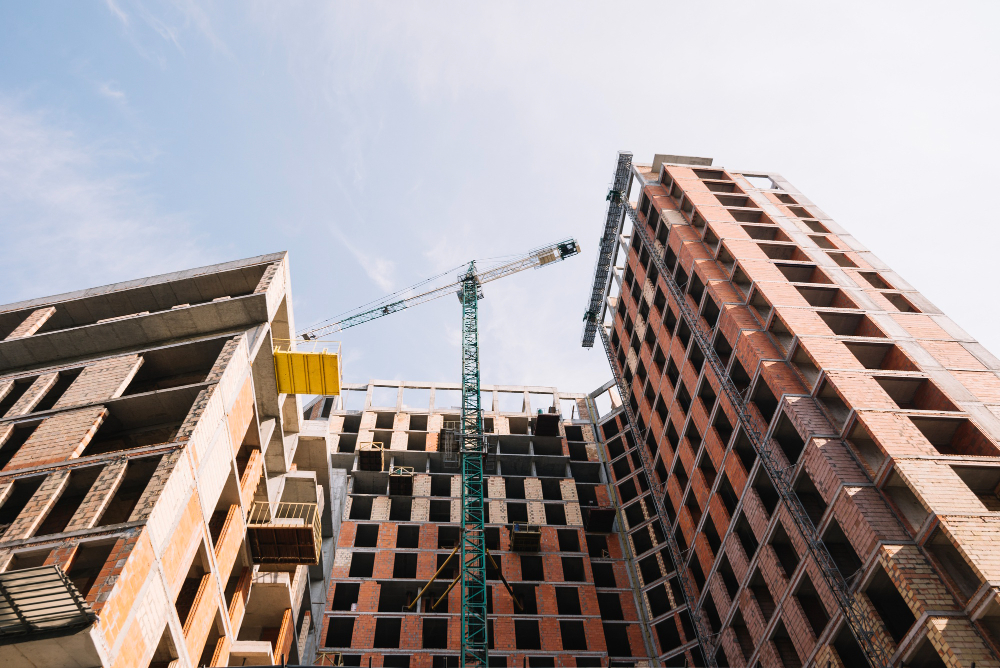Real Estate Investment Plan: Partnering Land Owners and Real Estate Investors
1
Determine Land Use
2
Architectural Design and Build-to-Suit Option
3
Project Completion and Handover


01

- Partnership Formation
- Identify Potential Partners: Seek out landowners interested in leveraging their property for development and real estate investors looking for profitable opportunities.
- Establish Agreements: Draft and sign partnership agreements that outline roles, responsibilities, and profit-sharing arrangements between landowners and investors.
- Land Use Analysis
- Zoning and Regulatory Review: Conduct a thorough analysis of zoning laws, land use regulations, and environmental constraints to determine the feasibility of residential and commercial projects.
- Market Research: Perform market research to understand local demand, demographics, and economic trends, ensuring the proposed project aligns with market needs.
- Conceptual Land Use Planning
- Site Planning: Develop initial site plans that outline potential uses for the land, considering factors such as accessibility, infrastructure, and surrounding developments.
02

- Architectural Design
- Select Design Team: Assemble a team of experienced architects, engineers, and planners to create detailed design concepts for the proposed development.
- Concept Development: Work with the design team to develop architectural designs and renderings that reflect the vision for the project, ensuring they meet both investor and market requirements.
- Client and Stakeholder Collaboration: Engage with potential tenants or end-users to tailor the design to their specific needs, creating a build-to-suit option that maximizes value.
- Design Approval and Documentation
- Design Reviews: Present design concepts to landowners, investors, and other stakeholders for review and feedback.
- Adjustments and Refinements: Make necessary adjustments based on feedback, ensuring the final design meets all expectations and regulatory requirements.
- Permitting and Approvals: Obtain all necessary permits and approvals from local authorities, ensuring compliance with zoning, building codes, and environmental regulations.
- Detailed Planning
- Construction Documentation: Prepare detailed construction drawings, specifications, and project manuals to guide the building process.
- Cost Estimation: Develop a comprehensive budget, including detailed cost estimates for construction, materials, and labor.
03

- Construction Management
- Select Contractors: Choose experienced and reliable contractors to execute the construction work, ensuring they are well-versed in the specific requirements of the project.
- On-Site Supervision: Provide continuous on-site supervision to monitor construction progress, quality, and adherence to the design.
- Quality Control: Implement stringent quality control measures, conducting regular inspections to ensure the project meets all design specifications and standards.
- Regular Updates and Communication
- Progress Reports: Provide regular updates to landowners and investors, including progress reports, photos, and any potential issues or delays.
- Issue Resolution: Address any issues or deviations promptly to avoid delays and maintain project quality and timelines.
- Finalization and Handover
- Final Inspections: Conduct final inspections to ensure the completed project meets all design, safety, and quality standards.
- Punch List Completion: Address any remaining items on the punch list before the final handover.
- Handover to Investor: Transfer the completed project to the investor, providing all necessary documentation, warranties, and maintenance information.

